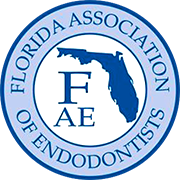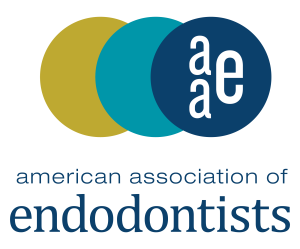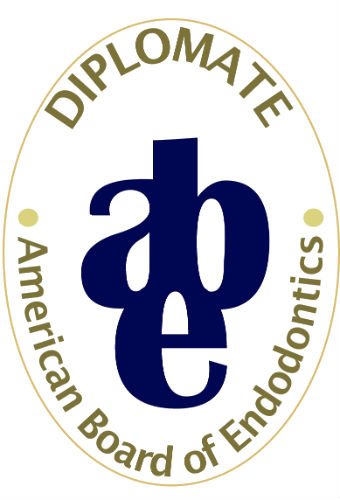Advanced Technology
Carestream Dental’s 8100 3D Extraoral Imaging System
Recent advances in dental imaging technology have made the use of Cone-Beam Computed Tomography (CBCT) available in our office. The CBCT allows us to take 3D x-rays with low levels of radiation that provide great detail about the teeth requiring treatment. Complicated root canal anatomy, traumatized and fractured teeth, root infections, and other types of dental pathology can often be visualized with a 3D CBCT image when a conventional x-ray is insufficient. This system allows for the highest level of resolution in CBCT, at the lowest radiation dose, making it an ideal tool for applications such as endodontic diagnosis, treatment guidance, and post treatment evaluation. We are excited to integrate the Carestream 8100 3D system into our practice.
Digital Imaging
Our Practice carefully chooses which and when radiographs are taken. Radiographs(X-rays) allow us to see everything we cannot see with our own eyes. Radiographs enable us to detect cavities in between your teeth, determine bone levels, and can often determine if root canal treatment is necessary. We can also examine the roots and nerves of teeth, diagnose lesions such as cysts or tumors, as well as assess damage when trauma occurs.
Dental radiographs are invaluable aids in diagnosing, treating, and maintaining dental health. Exposure time for digital dental radiographs is extremely minimal. Our practice utilizes Dexis Digital Radiography within the office. With digital imaging, exposure time is about 90 percent less when compared to traditional radiographs.
Digital imaging allows us to store patient images on a computer and access these images instantly.
Surgical Microscopes
The introduction of the surgical microscope has revolutionized the field of Endodontic Microsurgery. In our office we utilize Global Surgical Operating Microscopes that provide unparalleled magnification and illumination for all root canal and surgical procedures.
Success in endodontic therapy is contingent on finding root canal anatomy that often harbors infection and diseased nerve tissue. The surgical operating microscope allows us to locate important areas in the root canal system that are impossible to find with the naked eye, creating a much better treatment outcome.







